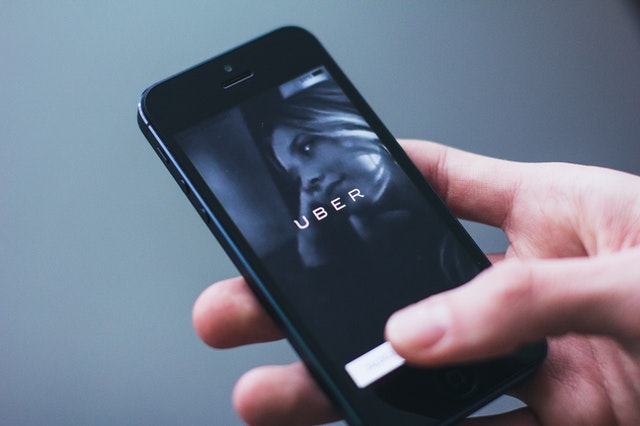Uber statistics in Australia
Article by Matilda Douglas-Henry
Uber is without a doubt the most popular rideshare option in Australia. Unlike other countries like the United States and China, who have seen competitive new entries like Lyft and DiDi, Uber has endured as the most popular option by a wide margin. In this article we will focus on Uber statistics as they pertain to this country, discussing:
- Uber Australia and money
- Uber users in Australia
- Uber drivers in Australia
- Uber statistics by state

Uber in Australia: financial statistics
First off, we will look at Uber as a company, and how it fares in Australia in comparison to the rest of the world. In 2020, Uber generated a whopping $11.1 billion in revenue. Uber Australia Holdings, by comparison, had a total revenue of $935 million in 2018, which jumped up to more than $1 billion in 2020*. This demonstrates the overwhelming dominance of Uber worldwide.
In 2019, a compensation class action was filed against Uber by taxi and hire-car drivers, alleging that the company operated illegally in Australia. The suit is worth $500 million*.
As for general rider and driver figures: the minimum fare for Uber in Australia is $7.50, with a $1.10 distance fee. The time rate evens out to about 30 cents a minute. The average Australian Uber driver is reported to earn $31.75 an hour, well above minimum wage; but the high commission rates and other expenses have Uber drivers reporting general dissatisfaction with the role.
Uber is approximately 20 per cent cheaper than other private transportation options: in Sydney, for example, a taxi fare costs an average $28.38, whereas Uber sits at $22.41. This saves the average Uber consumer approximately $81 million a year.
Uber users in Australia
Over the past few years, Uber consumers have increased across the board in Australia: more than 4.4 million Australians over the age of 14 use the app. In 2016, only 10.6 per cent of Australians used Uber; in 2020, that figure has increased to 21.5 per cent of the population*. More than nine out of ten ride shares in Australia are booked using Uber.
In comparison to other rideshare platforms in Australia like Ola and DiDi, Uber is most popular with passengers aged 50 and over, and is used equally by men and women*. Popularity has increased within other demographics as well: the 35 to 49 age group saw a 142 per cent user increase, and 75 per cent more users between 18 and 24 were reported.
Uber drivers in Australia
In 2018, Australia had 62,000 Uber drivers on its roads, a figure that would have significantly increased over the past couple of years. As we’ve already mentioned, Uber drivers receive an average hourly wage of $31.75. This might sound pretty decent, but Uber is notorious for having high commissions, long hours, and other pricey expenses. In fact, between 70 and 74 per cent of Uber drivers report dissatisfaction with these elements of the role.
For 60 per cent of Australian Uber drivers, the job is an attempt to boost their income; for that reason, the same percentage of drivers say that they appreciate the very flexible working hours. Nonetheless, 85 per cent of drivers have experienced some sort of decrease in pay, and 62 per cent are unable to save enough for their superannuation fund.
Uber statistics by state
Uber is most popular in Western Australia, with 25.7 per cent of the state’s population using the app. This is in keeping with WA’s fewer public transportation options in comparison to other states with major cities.
Sydney reports the highest rate per kilometre at $1.45, whereas Melbourne, Perth and Brisbane report a rate of $1.15. While Uber and other rideshare platforms are responsible for a major decline in taxi use nationwide, 23 per cent of South Australians still book taxis, in comparison to the 16 per cent who would opt for Uber*.
Conclusion
We hope this article has filled you in on all you need to know about Uber in Australia; for statistics on other rideshare options in Australia and the world at large, read our “Ride sharing statistics” article for more information.
